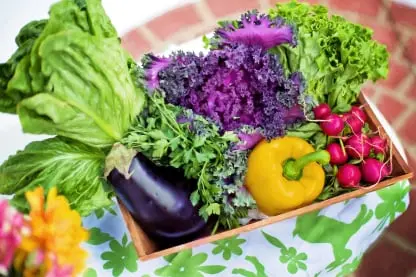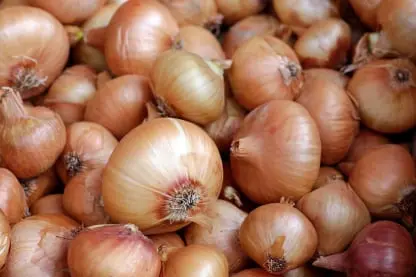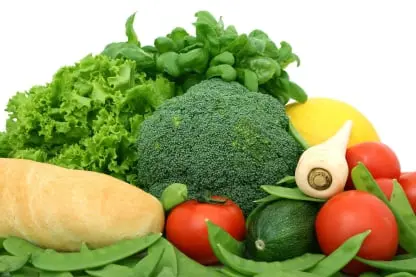Inventory traceability fresh produce packing app:
Inventory traceability compliance for fresh produce packing: Reduce inventory waste increase traceability fresh produce, recall, audit: full fresh produce inventory traceability management: quality control, sales & shipping traceability.

Woolworths food handling requirements compliance vendors by Farmsoft:
Woolworths food handling requirements compliance vendors: food safety for Woolworths fresh produce compliance and fresh produce handling. Audit, recall, inventory FIFO.

View Quality control specifications.
Walmart food safety compliance app:
Walmart food safety compliance app for traceability and food safety: for all food businesses including fresh produce, fruit & vegetable packers: traceability, recall, audits, inventory, packing, sales & shipping.

SENASA export documents for fresh produce
SENASA export documents for fresh produce:
SENASA export documents for fresh produce fruit vegetable exporters: Produce a wide range of essential export documents for your fresh produce business, including SENASA, COO (Certificate of origin), Phytosanitary certificates and more.

Woolworths fresh produce compliance
Woolworths fresh produce compliance software for fruit and vegetable packers wholesalers Woolworths fresh produce vendors. Manage orders, packing, sales, traceability, recalls and audits.
Farmsoft Woolworths fresh produce compliance app is for fruit & vegetable packer, processor, import/export. Full fresh produce traceability, auditing, inventory control, and fresh produce business management app.



